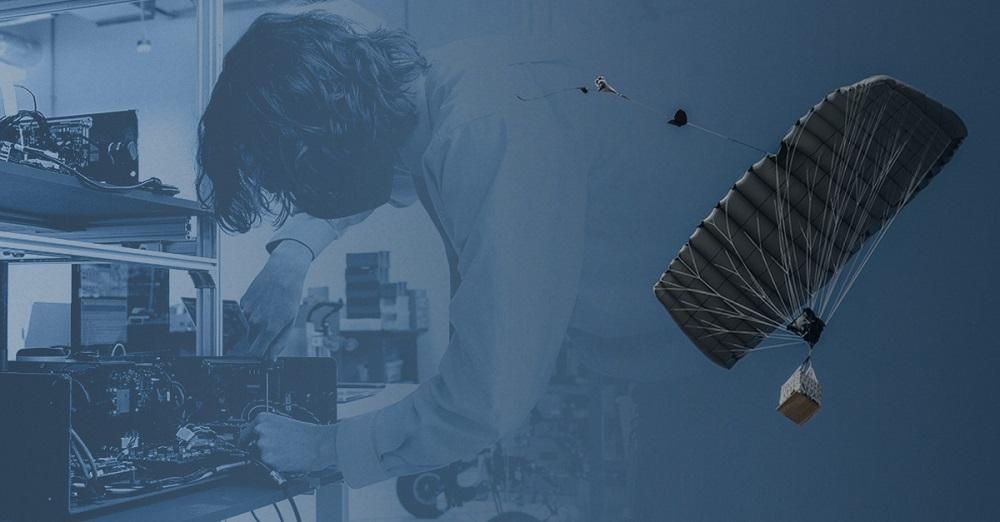MORSE Corp worked with the U.S. Army to complete a major capability upgrade to a precision airdrop system that delivers supplies like food, water, and ammunition to deployed troops, while also making it easier to use. Other improvements that were part of the Joint Precision Airdrop System (JPADS) 2K Block Upgrade effort enable vendor collaboration on the program, making development work more efficient and giving more opportunities to test the hardware prior to operations. JPADS 2K is fully autonomous and capable of delivering 2,000 pounds of supplies. The system includes a parachute and a guidance unit, which autonomously steers cargo to a desired target. Along with the JPADS 10K variant, it’s the military’s only cargo delivery system that enables highly accurate drops, along with soft landings, from distances far enough and altitudes high enough to avoid antiaircraft fire.
“We took a holistic look at the system, from the mission planning software literally down to the screws on the hardware, as we sought to take JPADS from being a system that warfighters were required to work with, to one that they would want to use,” said Eddy Scott, MORSE’s chief engineer for the JPADS 2K effort.

Traditionally, airdrop testing is conducted at intervals with several months in between, due to the cost of preparation for and execution of a live airdrop test event. The JPADS Block Upgrade team used the software factory approach to enable automated continuous integration software testing, automated log file analysis, and extensive lab hardware-in-the-loop testing, which allowed them to test as often and inexpensively as possible. Changing the way testing is conducted enables hundreds of flights to be completed over a three-year period, providing near real-time feedback to the development team on newly-added capabilities, which would not be possible with legacy processes.
Improvements that make JPADS 2K easier to use include:
A streamlined user interface on the mission planning tool that makes it easy for users with minimal training to plan airdrop missions.
A new user interface on the guidance system, enabling prep teams to determine with a single glance whether the payloads have been programmed correctly, rather than by inputting a series of commands.
Adding a front-facing camera to the JPADS guidance system, enabling mission planning officials to hand a QR code to the team preparing the payloads, rather than a hard copy of the plan to input manually, which is time-consuming and risks errors during data entry.
The user interface includes a large color screen with keypad that has been specifically optimized for JPADS user inputs. Some military users have reported that the new screen is so simple and intuitive that they did not have to read their technical manual for instructions.
Other upgrades included the addition of a military-grade radio that allows JPADS payloads to share information like wind data with each other while in the air, making their flight more accurate and safe. During drops that involve both cargo and personnel, troops can use the radio to monitor the location of other assets, deconflict flight paths, set multiple landing destinations, and make necessary changes while in flight. MORSE also helped the Army transition from a waterfall software development approach to a government-run software factory approach, with the customer handling system integration. Multiple JPADS contractors now collaborate in a virtual environment where they can view each other’s software, including changes and documentation. This has helped to identify potential integration problems earlier in the development process, Scott said. While the JPADS team had previously conducted several tests each year, the collaborative development now runs so efficiently that testing can occur at least monthly, he said. And the collaborative environment makes it easier for the government to try incorporating items from new vendors and understand whether they’ll fit into the program, he said.
















